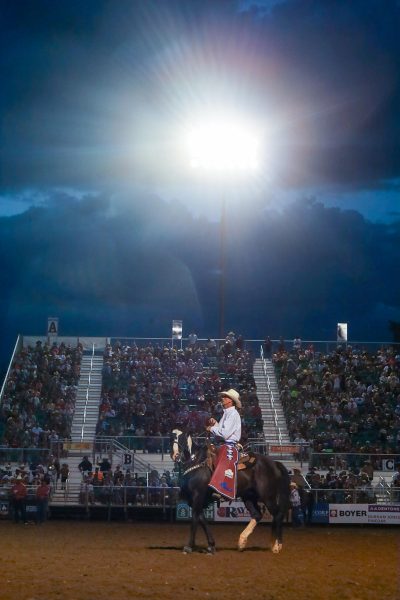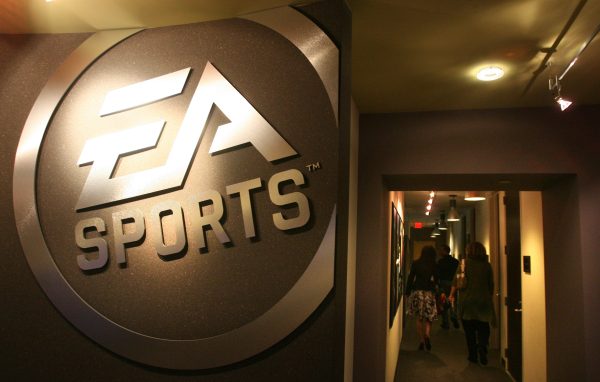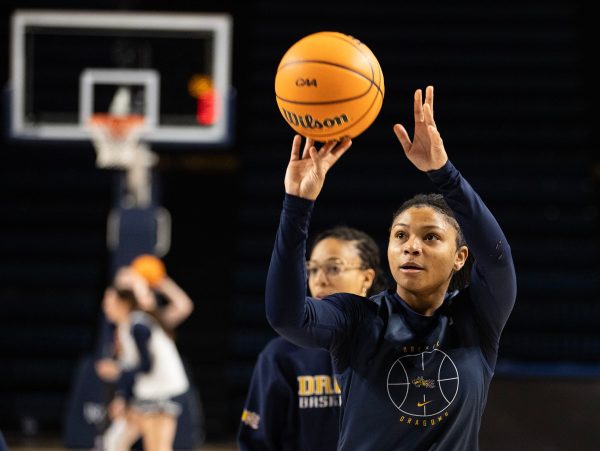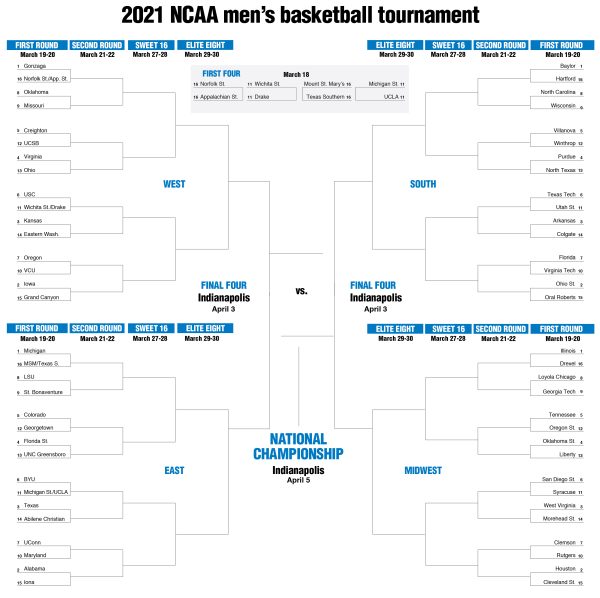OPINION: Men’s March Madness: What to watch out for
Few tournaments capture the attention of fans like the NCAA’s March Madness. While the tournament features iconic traditions like laurel cuttings, one tradition is undoubtedly the most famous — the bracket challenge.
Filled out by the gurus and the clueless, the bracket challenge spawns bragging rights as well as frustrations. March Madness is infamous for its unpredictability, making a perfectly-predicted bracket a near impossibility.
For those looking to make last-second bracket decisions or those trying to find which team to watch, it’s time to analyze the madness.
Will a No. 1 seed reign supreme?
In 2016, Villanova University became the last non-first seeded team to win it all. The last five men’s basketball NCAA champions were considered the best teams in their region, something that hasn’t been done since 1996.
While some No. 1 seeds have validated our pre-tournament predictions, there have been a few bracket-busters in March Madness history, including the University of Virginia’s loss to the No. 16-seeded University of Maryland, Baltimore, in 2018.
2019 was the last year to feature all No. 1 seeds in the sweet 16. This year’s men’s No. 1 seeds are the University of Alabama, University of Kansas, University of Houston and Purdue University.
Who’s under-seeded?
Whether it’s a No. 14 seed making it to the Final Four, like Loyola University Chicago did in 2018, or a No. 8 seed making it to the national championship, like the University of North Carolina did last year, there are often surprises in the final rounds. Bracketologists are striving to spot the teams to be careful of.
A No. 6 seed, Creighton University’s statistics are eye-catching. The Bluejays’ basketball power index ranks 11th amongst tournament teams and just one spot under the No. 2 University of Arizona. They’ve also had an impressive 5–7 record against Top-25 teams.
The University of Connecticut has also been seen as a solid sleeper pick. A No. 4 seed, the Huskies’ basketball power index ranks sixth in the tournament. While the Western region is stacked with teams like Kansas, the University of California, Los Angeles, and Gonzaga University, UConn has an impressive resume that includes a 15-point win over Alabama.
Who will the slipper fit?
Although they destroy brackets, Cinderella stories are a beloved part of March Madness. Last year, Saint Peter’s University made an iconic run as the first No. 15 seed to ever reach the elite eight.
While betting on the upsets is tricky, there are a few teams that could make some surprising appearances in the second round.
For those analyzing the No. 5 vs. No. 12 matchups, the University of Charleston could be a team to watch out for. Led by a strong starting five who all average double-digits, the No. 12-seeded Cougar’s explosive offense may be too much for San Diego State University to handle.
Furman University is another low-seeded team with an explosive offense. Although they struggle defensively, the No. 13-seeded Paladins are matching up against a Virginia team that’s used to low-scoring games. Furman has the potential to advance if they can break through the Cavalier’s defense.
The round of 64 begins with a matchup between the University of Maryland and West Virginia University on March 16 at 10:15 p.m.



















